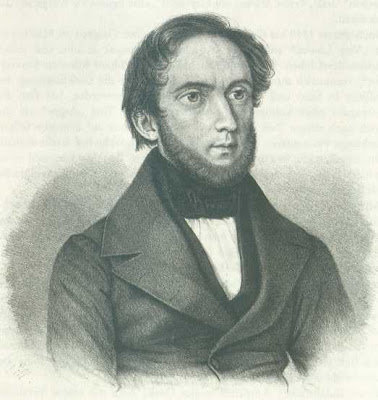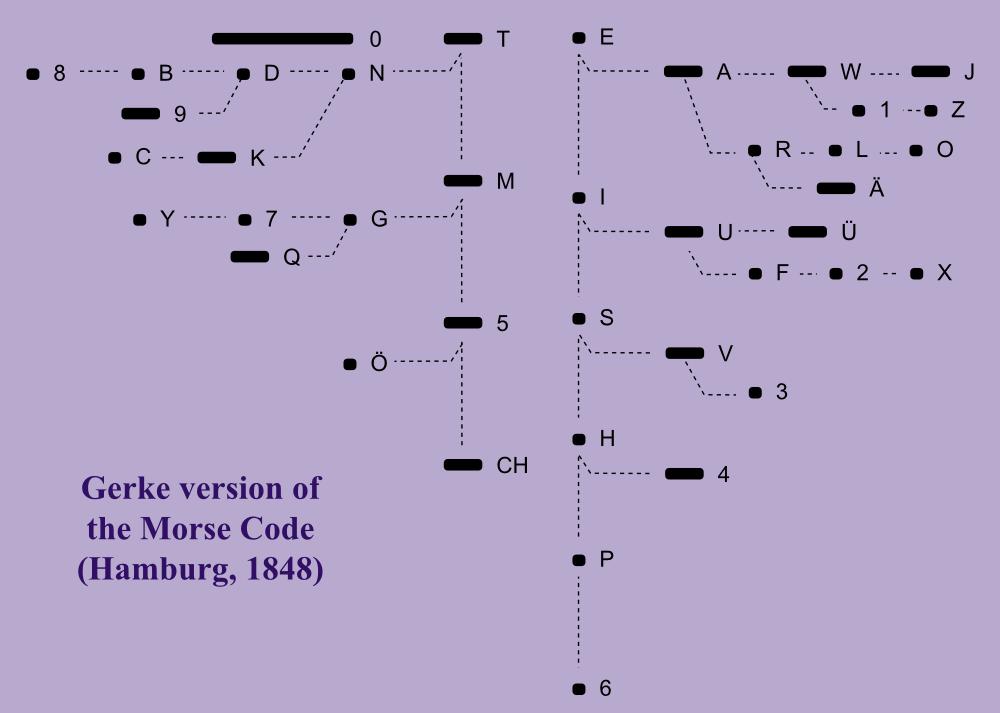
I stumbled on to a page on Wikipedia about Friedrich Clemens Gerke, (22 Jan 1801 – 21 May 1888) the man responsible for simplifying Vail and Morse’s original telegraphic code.
As the wikipedia article explains, “The original Morse code consisted of four different hold durations (the amount of time the key was held down), and some letters contained inconsistent internal durations of silence. In Gerke’s system there are only “dits” and “dahs”, the latter being three times as long as the former, and the internal silence intervals are always a single dit-time each.”
This chart reveals the logic behind his reform of the code.

After some minor changes it was standardised at the International Telegraphy congress in Paris in 1865.
